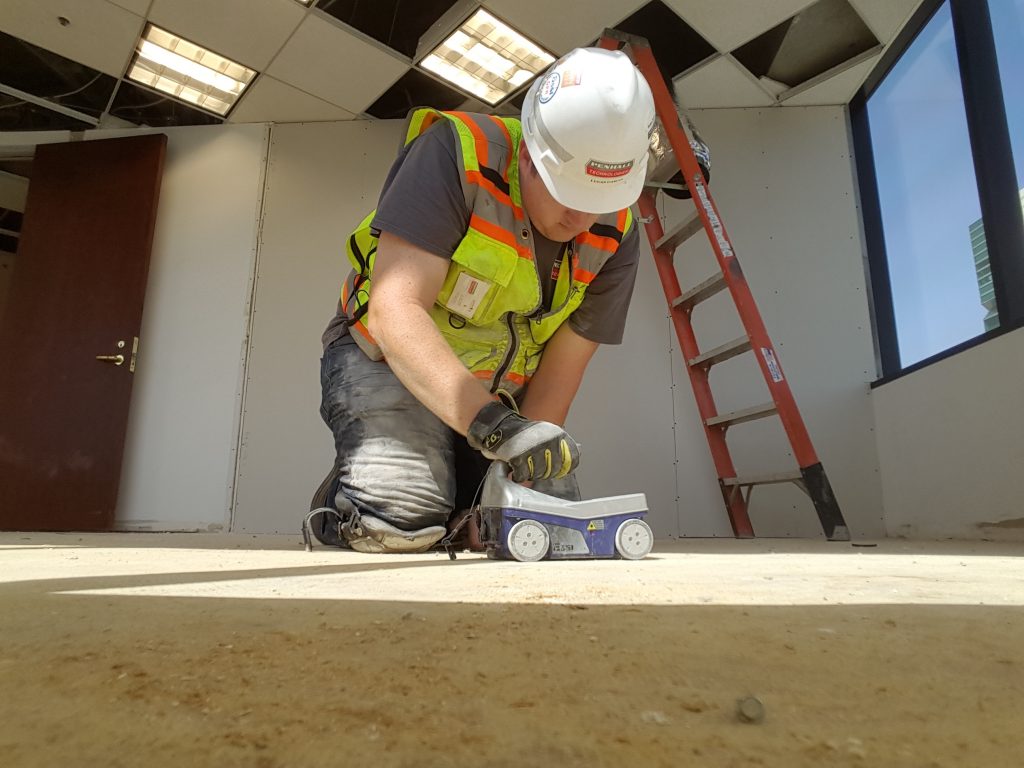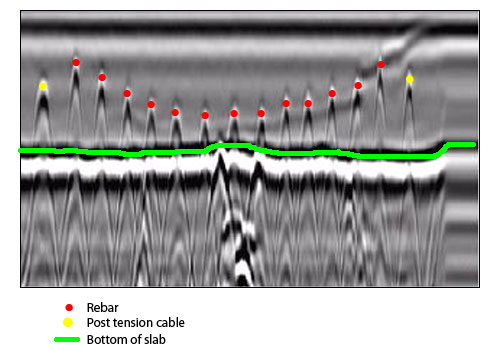Trick Benefits of Utilizing Concrete Scanning Modern Technology
Trick Benefits of Utilizing Concrete Scanning Modern Technology
Blog Article
Introduce the Transformative Power of Concrete Scanning in Making The Most Of Performance and Safety
Concrete scanning has actually emerged as an essential device in the building and construction sector, using exceptional benefits in improving job efficiency and making certain safety requirements. The transformative power of concrete scanning exists in its capability to provide in-depth insights and real-time data, changing how jobs are planned and executed.
Value of Concrete Scanning
Making certain the structural honesty and safety and security of building jobs starts with the critical step of carrying out extensive concrete scanning. Concrete scanning is a non-destructive method utilized to detect and map subsurface components within concrete structures.
The significance of concrete scanning can not be overstated, as it plays an important duty in preventing mishaps, lessening job hold-ups, and ensuring the long-term resilience of the building and construction. By recognizing possible hazards before the building and construction phase starts, home builders can implement appropriate precaution and make informed decisions concerning the style and implementation of the task. In addition, concrete scanning assists in enhancing job timelines and spending plan by staying clear of unexpected costs and delays that might occur because of unanticipated blockages within the concrete. Eventually, investing in comprehensive concrete scanning is a positive approach that boosts both effectiveness and safety in building and construction tasks.
Exactly How Concrete Scanning Functions
Concrete scanning runs as a critical tool in construction jobs by utilizing innovative modern technologies to spot and map subsurface components without creating structural damage. Ground Penetrating Radar (GPR) and Electromagnetic Induction (EMI) are two primary approaches used in concrete scanning.
Throughout the scanning process, the data accumulated is examined in real-time, enabling instant recognition of prospective threats or obstacles under the surface. By utilizing these innovative innovations, concrete scanning considerably minimizes the threat of costly damages and injuries on construction sites.
Advantages of Concrete Scanning
Using sophisticated scanning technologies in building tasks uses a wide variety of advantages, enhancing both effectiveness and security on-site. One of the primary advantages of concrete scanning is the capability to find and situate ingrained things such as rebar, post-tension cords, and conduits precisely. By identifying these components before drilling or reducing into concrete structures, the risk of unintentional strikes is substantially reduced, stopping prospective injuries to employees and damage to the structure itself. Moreover, concrete scanning assists in planning and developing a lot more properly, as it gives precise info about the location and deepness of structural elements.

Study: Concrete Scanning Success

In another situation, a building company made use of 3D concrete scanning to evaluate the condition old concrete frameworks in a historical building. The detailed scans offered important understandings right into the degree of wear and tear and helped focus on maintenance initiatives successfully. By proactively attending to locations of concern identified with scanning, the business had the ability to expand the lifespan of the framework and make certain resident safety.
These study emphasize the transformative power of concrete scanning in improving efficiency, precision, and security in building projects.
Applying Concrete Scanning in Projects
Executing advanced scanning innovations throughout building projects has actually come to be progressively necessary for boosting precision and security. By incorporating concrete scanning into task preparation and implementation, building teams can get redirected here identify prospective risks, such as rebar or post-tension wires, concealed within concrete structures. This aggressive technique decreases the risk of crashes, delays, and pricey rework, ultimately bring about more effective task timelines and spending plans.
To execute concrete scanning effectively, job supervisors should team up carefully with experienced scanning professionals to establish the most appropriate scanning strategies for the details task demands. Engaging scanning experts from the beginning of a project enables the team to create comprehensive scanning strategies that resolve crucial areas of concern and guarantee comprehensive data collection.
Additionally, integrating concrete scanning into routine project operations can enhance decision-making processes, as real-time scan information supplies instant understandings into the condition of concrete structures - Concrete Scanning. This data-driven method facilitates notified analytical and makes it possible for teams to make modifications immediately, cultivating a society of performance and safety throughout the job lifecycle
Verdict
In conclusion, concrete scanning plays a vital role in enhancing efficiency and safety in building tasks. By making use of advanced innovation to map and detect out underlying structures within concrete, this procedure assists to avoid pricey blunders, make certain architectural integrity, and reduce dangers on website. With the capacity to discover covert components and supply accurate data, concrete scanning shows to be an important tool for enhancing job end results and making the most of total success.
Concrete scanning is a non-destructive method utilized to discover and map subsurface components within concrete frameworks. Additionally, concrete scanning aids in optimizing job timelines and budget by staying clear of unforeseen costs and hold-ups that may arise due to unforeseen blockages within the concrete. One notable case research study includes a large-scale renovation task where concrete scanning played an essential duty in ensuring job success.In one more instance, a building company made use of 3D concrete scanning to assess the condition of maturing concrete structures in a historic building. By incorporating concrete scanning into job preparation and execution, building and construction groups can identify prospective threats, such as rebar or post-tension cables, hidden within concrete structures.
Report this page